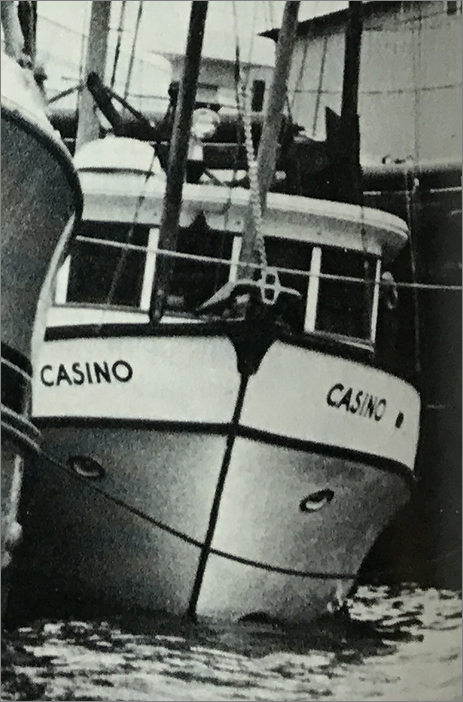Brant McGee’s response to Mary Anne Henry’s argument was quick and angry. He charged that prosecutors had “selected” evidence to prop up their “one-man revenge killing” theory. Worse, they had excluded any evidence — including the reported sighting of an Alaska Native man in the Investor skiff — which contradicted their theory. McGee also had something to say about the prosecution’s spin on the mayday calls.

“The prosecution is trying to push back the time,” McGee told the judge. “They’ve got 4:34 as the second mayday call. They can’t convict John Peel if it’s the first call.”
Henry’s comeback was equally passionate. She told the court that the state had never offered a theory that the Investor killings and arson involved only one person. “The fact is, the only evidence we have points to John Peel’s responsibility.”
And perhaps Henry had reason to feel a little cocky. The Court of Appeals had recently ruled in her favor: John Peel’s March 1984 police interview, they said, could be used at trial. But even with that victory, she could ill afford to relax her guard.
On the second day of the hearing, the defense broadened its attack beyond the mayday controversy. After repeating the charge that grand jurors should have heard about the Alaska Native man in the skiff, Weidner told Judge Schulz the state had systematically excluded all evidence that exonerated his client.

Why hadn’t they called the fisherman who had seen Dean Moon alive in San Francisco after the fire? Why hadn’t the grand jury been allowed to fully hear the “prior inconsistent statements” by several of the witnesses? Why hadn’t they been allowed to hear the “drug tape” recorded on the Investor, during which Mark Coulthurst was said to have passed out with a needle in his arm?
But the allegations that caught the judge’s attention were the defense complaints about prosecutorial “misconduct” during the grand jury proceedings. Weidner alleged that the prosecution had “triple-teamed” some of the witnesses during questioning which, he said, tended to “confuse” some witnesses and cast doubt on their truthfulness.
Weidner also charged that prosecutors had allowed two “unauthorized persons” — two court reporters working on grand jury transcripts — into the grand jury room during the proceedings. According to Weidner, the presence of court reporters could have made the state’s case seem more credible or “serious” than it might be otherwise.
Schulz questioned Weidner closely on his allegations, trying to discover if there was any “misconduct” that could have swayed the grand jury toward indicting Peel. He ended up with even more uncertainty. So he turned the floor over to the prosecution for their response.
“We shouldn’t be here arguing false issues,” Henry offered as she attacked the many allegations lodged by the defense. She characterized the so-called “drug tape” as a “made up joke.” As to the charge that she should have allowed testimony from the man who claimed to have seen Dean Moon, the district attorney said that would have introduced “speculation” into the grand jury proceedings.
The highlight of the day, however, came in the form of another defense request. John Peel, it seemed, wanted to add himself as co-counsel.
Excerpts from the unpublished original manuscript, “Sailor Take Warning,” by Leland E. Hale. That manuscript, started in 1992 and based on court records from the Alaska State Archive, served as the basis for “What Happened in Craig.”
Copyright Leland E. Hale (2020). All rights reserved.

Order “What Happened In Craig,” HERE and HERE. True crime from Epicenter